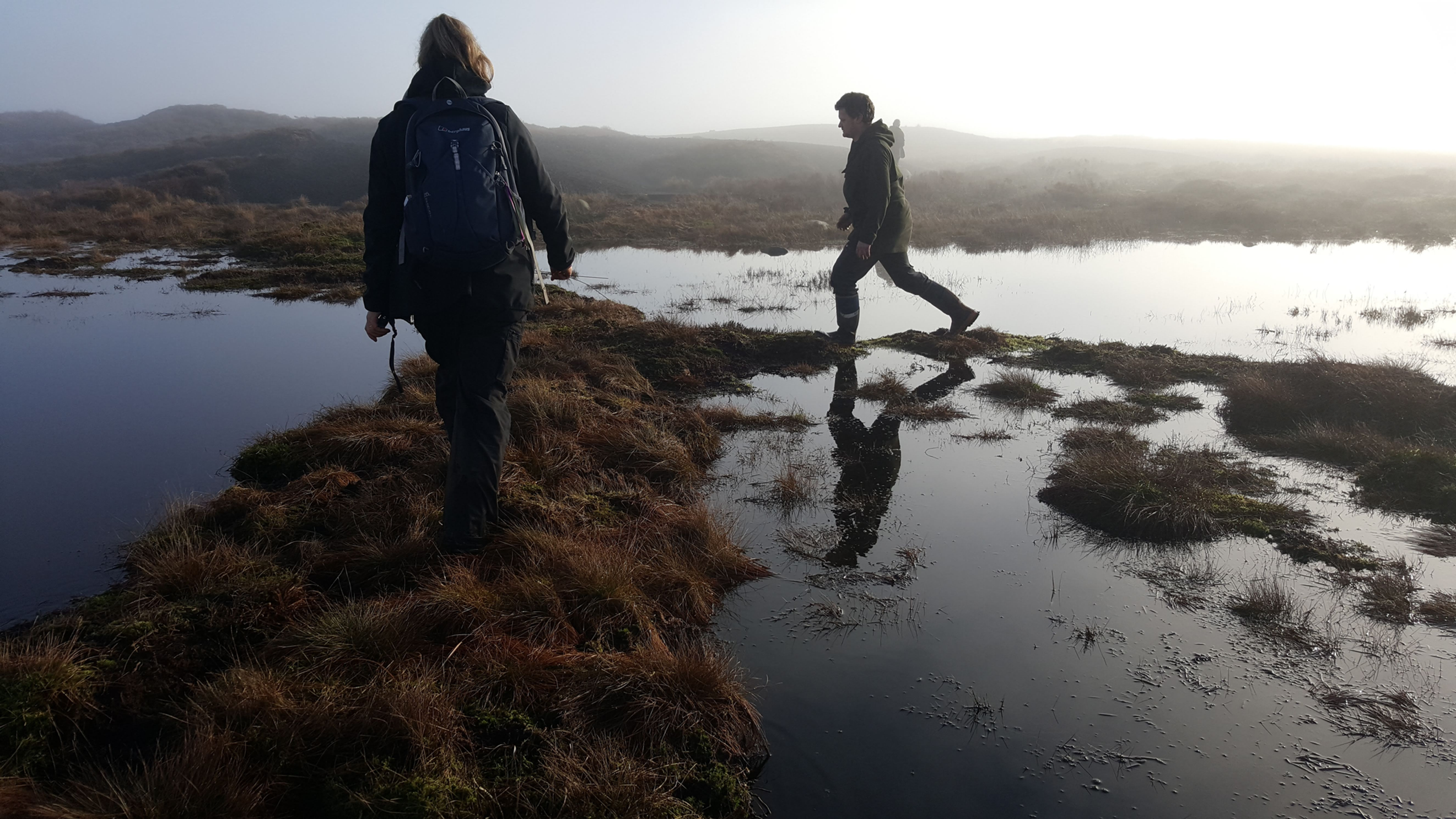Businesses are under increasing pressure and responsibility to work towards Net Zero Carbon emissions. This isn’t just the remit of the multi-nationals – any business should be considering its impact.
Carbon offset schemes can be complicated and come under much scrutiny. In fact, the idea of becoming a net zero carbon business is daunting for most, with good reason.
We’re ALL emitters of carbon. Let’s face it, we’re carbon based life forms so it’s a pretty awkward to avoid the issue. Anyone heard of Greenwash? That’s the consumer backlash against businesses who preach zero carbon but whom are actually just paying their way to do what they want.
To avoid Greenwash, and to do this properly, here’s a simple mantra:
· Focus on minimising your carbon emissions (Innovate and Adapt)
· Calculate your remaining impact
· Contribute to a carbon scheme to balance what you do produce.
Minimising carbon emissions is a whole different blog (or 100) and there’s great support out there from environmental specialists. This blog considers the final action, contributing to a carbon scheme.
Carbon Sequestration is the process “by which carbon dioxide is removed from the atmosphere and held in solid or liquid form.” The most commonly discussed (and supported) activity is tree planting. This is great, but the focus on trees means that other, very effective, forms of sequestration are overlooked when it comes to business contributions.
Take Peat. For hundreds of years, we’ve dug the stuff up and either burned it or put it on our gardens. Large peatland areas have been drained to improve them for grouse hunting.
What most people don’t know however, is that peat soils are actually the largest carbon stores on the planet – storing more carbon than all other vegetation types in the world combined. Although Peatlands only cover about 3% of the earth’s surface, it is estimated that there is twice as much carbon stored in peatlands globally than there is contained in all the forests on earth.
By working to restore (‘re-wet’) peatland which has been trashed over centuries, we can re-create waterlogged, low oxygen environments (it may be dirty but it’s not sexy is it?), which accumulate carbon, in the form of peat, at a rate of 1mm to 5mm a year.

Incorporating support for peat restoration within your Net Zero Carbon strategy is a winner for everyone. Your local Wildlife Trust will be able to advise you to on support this work – give them (or me) a call.





